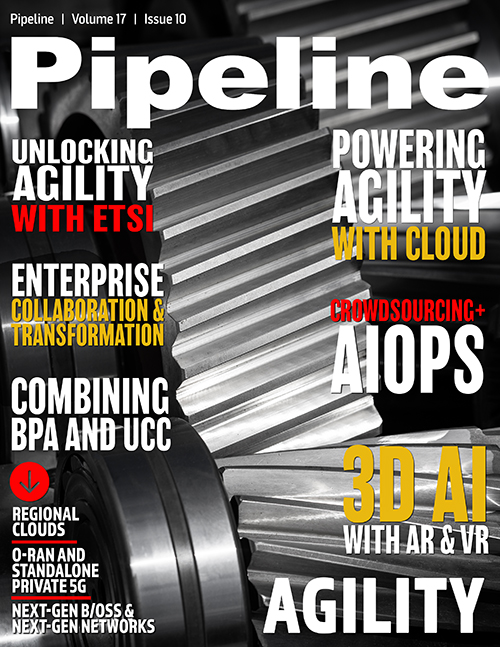Enable Interoperability to Unlock Agility
Working closely with 3GPP are a group of industry certification bodies such as the GCFTM or the CTIATM PTCRBTM certification program, which provides device certification based on the successful execution of these standardized tests. While there is no legal obligation for a vendor to have a certificate from one of these bodies before placing a mobile device on the market, there is a general industry recognition of the value that certification brings. In many regions, network operators have influence over which devices are used on their networks, through the provision of device subsidies or reselling devices through their retail shops. In the highly competitive mobile device market, consumers expect perfect interoperability with the mobile network. No manufacturer can afford to launch a product that does not provide this.
Future complexity
This is simply a snapshot of how interoperability is enabled in one context. The process is repeated for each connectivity technology, whether using radio or not. Similar processes take place in the core networks.
Because many devices contain numerous connectivity technologies, interworking and coexistence as part of a single system become important. The pace of technological change adds to the complexity, where backwards compatibility and obsolescence need to be managed.Consider the case of one of the fastest-growing segments for mobile and wireless technologies: the automotive sector. A modern car may have multiple radio and connectivity technologies on board. Some are obvious: FM, AM and satellite radio, GPS navigation, Bluetooth, USB, and wireless key fobs. Some are less so: automotive radar for adaptive cruise control and emergency braking, NFC for quick pairing of mobile devices, wireless charging, tire pressure monitors, garage openers, wireless on-board diagnostics ports, and so on. Then drivers add their own mobile devices to the mix.
Now consider the lifecycle of a vehicle model: two to three years of design, over eight years of production and sales, with most vehicles lasting at least 10 years on the road, some even 20 years. Who can guess what technologies today’s vehicles will need to connect with 20 years from now?
Software, especially software-defined radio, may provide us with the means to reuse existing hardware for new or upgraded radio systems. Artificial intelligence may also be of use. Studies are ongoing into using AI techniques to optimize testing, helping to focus on the areas or topics most at-risk of provoking interoperability problems. At the same time, AI-based communication technologies are under development. Testing these self-learning, self-organizing systems requires a whole new chapter in the book on enabling interoperability—and it’s still being written.



















